Most Common Car Body Repairs and How to Budget for Them
Owning a car goes beyond the initial purchase, as maintaining it in good condition is key to prolonging its lifespan and ensuring safety. Understanding the common types of car body repairs can help car owners prepare adequately for these inevitable expenses. For example, according to Repairer Driven News, the average car in need of repairs is 6.34 years old. is your car getting towards this age? If so, it’s crucial to budget for these repairs to avoid financial strain when they occur. Knowing what to expect in terms of common car body repairs and their associated costs can help individuals save for the future. This article explores the most common car body repairs and provides tips for budgeting effectively.
Section 1: Dent Repair
Dents on cars can vary significantly in terms of their severity and the impact they have on a vehicle's appearance. Common types of dents include round, sharp, and creased dents, each caused by different impacts. Round dents are often small and result from objects like hail or shopping carts. Sharp dents have pointed edges and may result from accidents with sharp objects or other cars. Creased dents involve a more pronounced line and may occur when a car scrapes against another solid object.
Several factors contribute to the formation of dents on vehicle surfaces. Parking lot mishaps, such as another car door swinging open and hitting your car, frequently result in dents. Inclement weather, particularly hailstorms, can also cause significant damage, leading to multiple round dents across the bodywork. Accidents and minor collisions are additional factors, often resulting in more severe denting. Regardless of the cause, it's essential to address dents promptly to prevent rusting and maintain the vehicle's aesthetic appeal.
When it comes to repairing dents, car owners have two main options: traditional dent repair and paintless dent repair (PDR). Traditional dent repair involves filling the dent, sanding it, and then repainting the affected area, which can be more expensive and time-consuming. On the other hand, PDR uses specialized tools to massage the dent out from the inside, preserving the original paintwork and resulting in a more cost-effective and quicker solution. Paintless dent repair is suitable for car dents where the paint is not chipped or cracked. For severe damages where the paint is compromised, traditional repair remains the viable method.
The cost of dent repair can vary based on several factors, including the size, depth, and location of the dent. Smaller dents, especially those covered under paintless dent repair, are generally less expensive to fix. Labor charges and the brand and model of the car can also influence the overall cost. It’s important to get an estimate upfront to help plan your expenses accordingly.
Section 2: Scratch Repair
Car scratches are categorized based on their severity and how far they penetrate the car's surface. Surface scratches are the least invasive, affecting only the clear coat layer, and are often minor and purely cosmetic. Intermediate scratches penetrate a bit deeper, possibly reaching the paint layer itself, affecting the car's aesthetic more significantly. Deep scratches are the most severe, cutting through the clear coat and paint, reaching the metal body which could lead to rust if not quickly addressed. Proper identification of scratch type is vital to apply the correct repair method.
When dealing with car scratches, a variety of tools and techniques can be employed to remedy the damage. Surface scratches can often be polished out with equipment like buffer pads and scratch removal compounds at professional shops. Intermediate and deep scratches may require additional car body repairs, such as touch-up paint, sandpaper, and often protective clear coats. Advanced scratch repair might also involve computerized color matching to ensure a seamless finish. The application of a wax or sealant afterward can also provide protection to the treated area.
Car owners should choose professional scratch repair from experts in car body repairs. Professional repair services offer expertise and guarantee a higher quality result, utilizing state-of-the-art equipment. For peace of mind and precision, professional repair is recommended for more substantial scratches.
The cost of scratch repair varies greatly depending on the scratch's severity and location on the vehicle. More profound and extensive repairs can be considerably higher if multiple panels are involved or if extensive paintwork is required. DIY solutions and kits, on the other hand, may cost less but their effectiveness can vary. Budgeting ahead for potential scratch repairs by setting aside a small contingency fund monthly is wise.
To effectively manage scratch repair expenses, a multi-faceted approach that combines preventative measures and financial planning can be beneficial. Regularly washing and waxing your vehicle helps to protect the paint and prevent scratches from escalating to severe rust spots. Exploring insurance options that cover cosmetic damage might alleviate monetary burdens. Setting up a savings plan dedicated to vehicle upkeep ensures readiness for unexpected scratch repairs. Additionally, performing minor repairs promptly can prevent further deterioration and higher costs in the future.
Section 3: Bumper Repair and Replacement
Car bumpers bear the brunt of minor impacts, leading to frequent damage compared to other parts of the vehicle. Damage can range from minor scratches and dents to cracks and complete detachment, depending on the impact's severity. Identifying whether the damage is superficial or more extensive is crucial for choosing the right repair method.
Typically, damage to the paint or minor surface irregularities can be rectified with straightforward repairs. However, structural deformations or compromised attachments may require more significant intervention or total replacement.
Repairing a damaged bumper can involve multiple techniques depending on the material and extent of the damage. For plastic bumpers, heat, and specialized tools can reshape and smooth out dents and scratches. Cracks may require welding or adhesive fillers, followed by repainting for a seamless finish. When the damage extends to the bumper's mounting points, reattachment through replacement parts or fasteners could be necessary. Today’s advancements have refined these techniques, offering car owners both traditional and efficient repair solutions.
The cost of repairing or replacing a bumper depends on various factors including the bumper's material, the method of repair, and labor costs. A total bumper replacement depends on the make and model of the vehicle. Additional costs might include paint blending to match surrounding panels and the type of finish required. Factoring these costs into the car maintenance budget helps prevent unexpected financial burdens.
In navigating the complexities of car ownership, understanding the intricacies of common body repairs is vital for financial stability. By proactively budgeting for repairs such as dents, scratches, bumper issues, paint restoration, glass, and structural damages, car owners can mitigate unexpected expenses. Not only does this enhance vehicle longevity and efficiency, but it also provides peace of mind regarding unforeseen financial burdens. Incorporating these insights empowers car owners to plan responsibly and preserve the value of their vehicles through informed maintenance and repair decisions. Be sure to reach out to City Side Auto Body today for more information on our professional car body repairs! City Side Auto Body provides auto body repair, auto repair services, including maintenance, brakes, suspension, engine repair, radiator work, A/C and heating, and wheel repair, and auto detailing to the Clinton, MD area. Call today to get support from a reliable car shop in Clinton, MD!

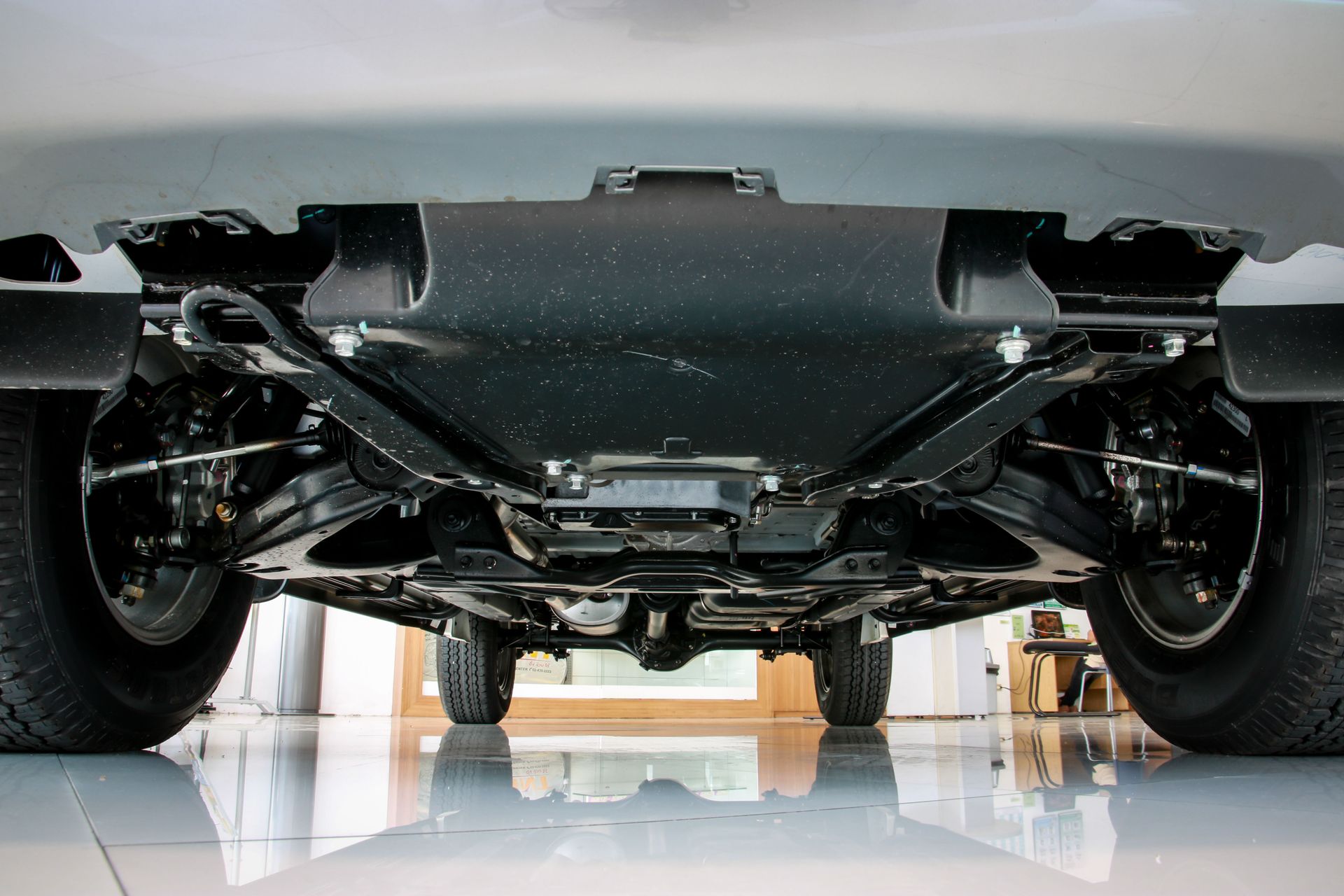
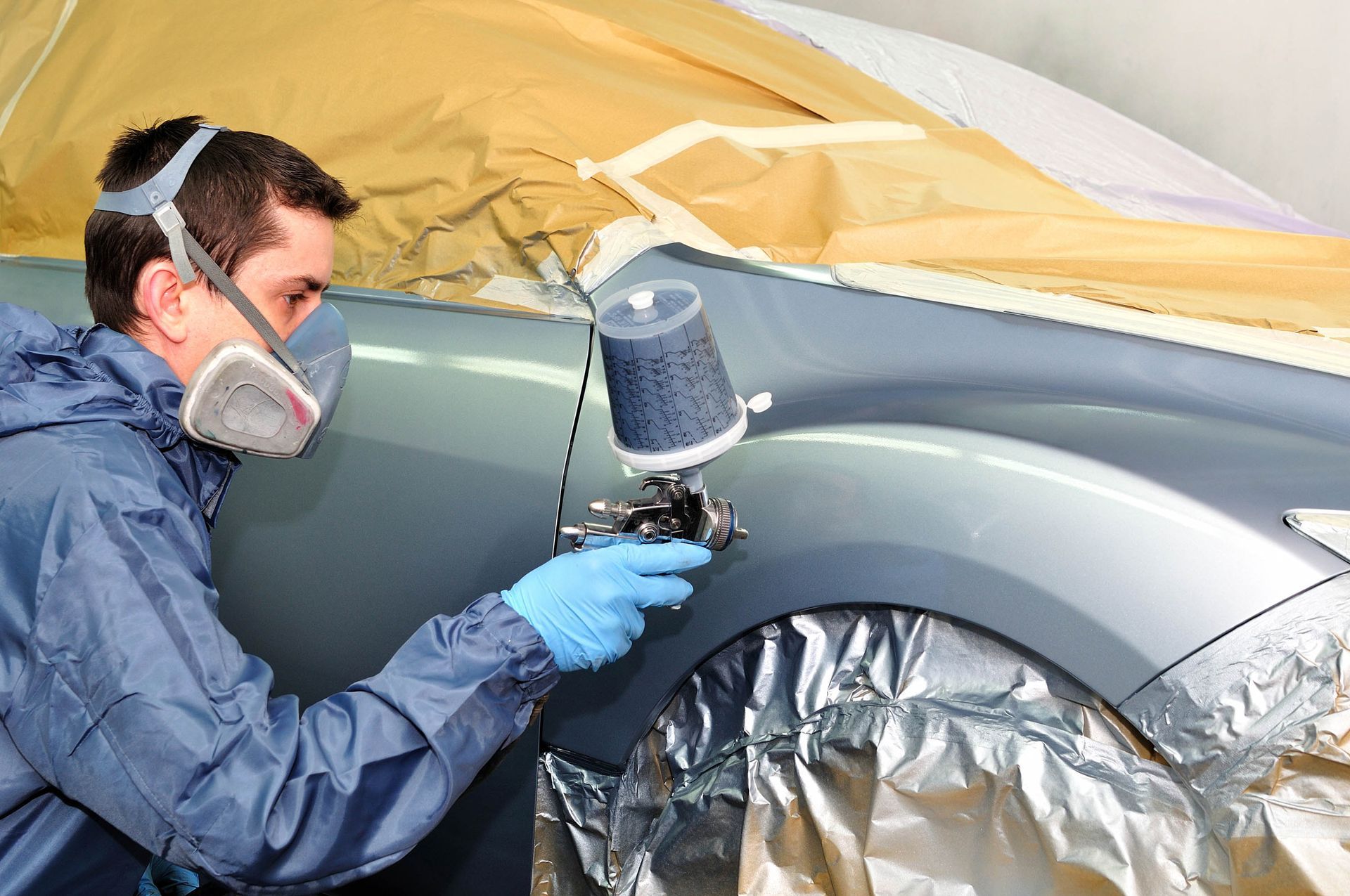
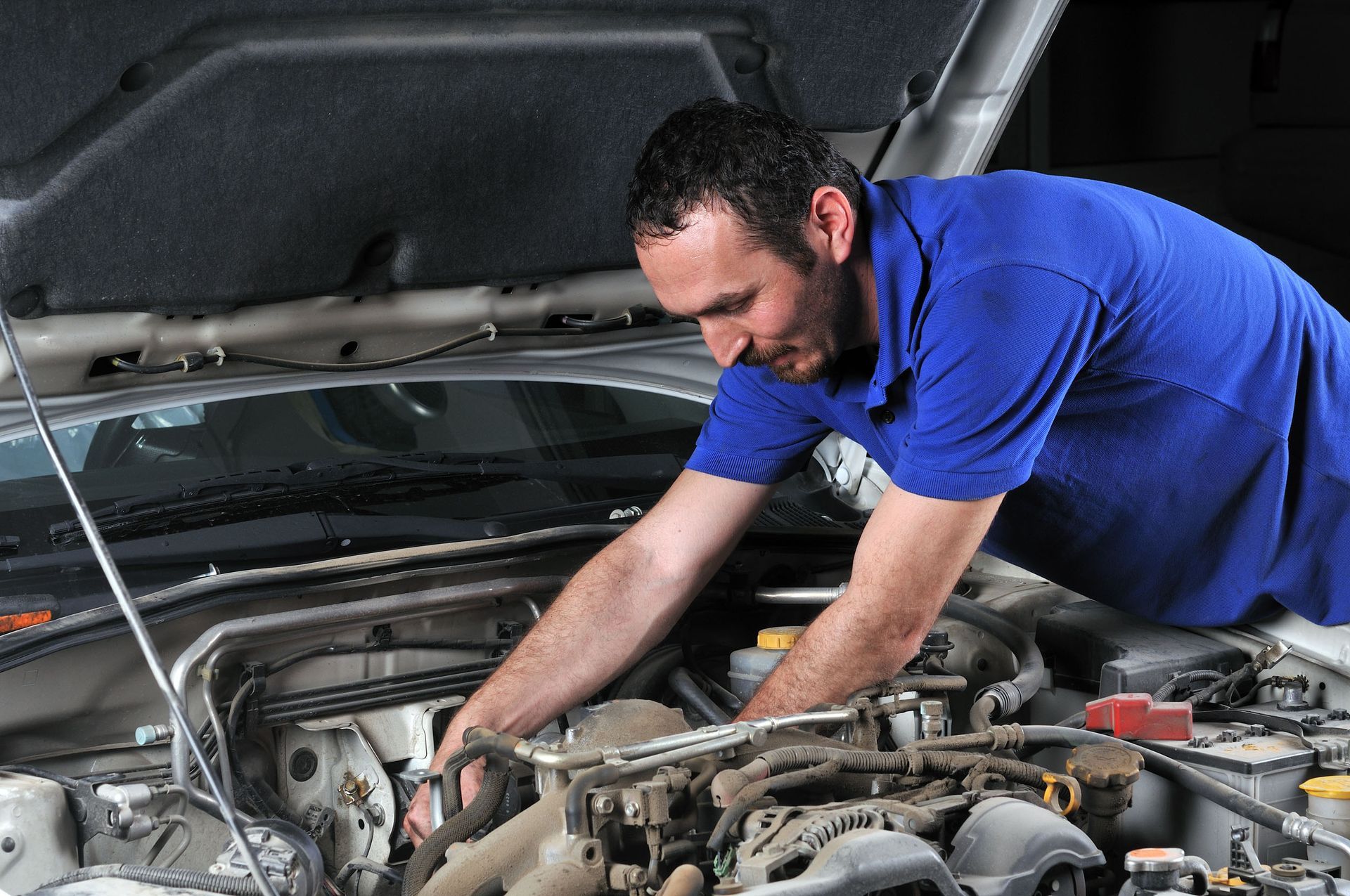
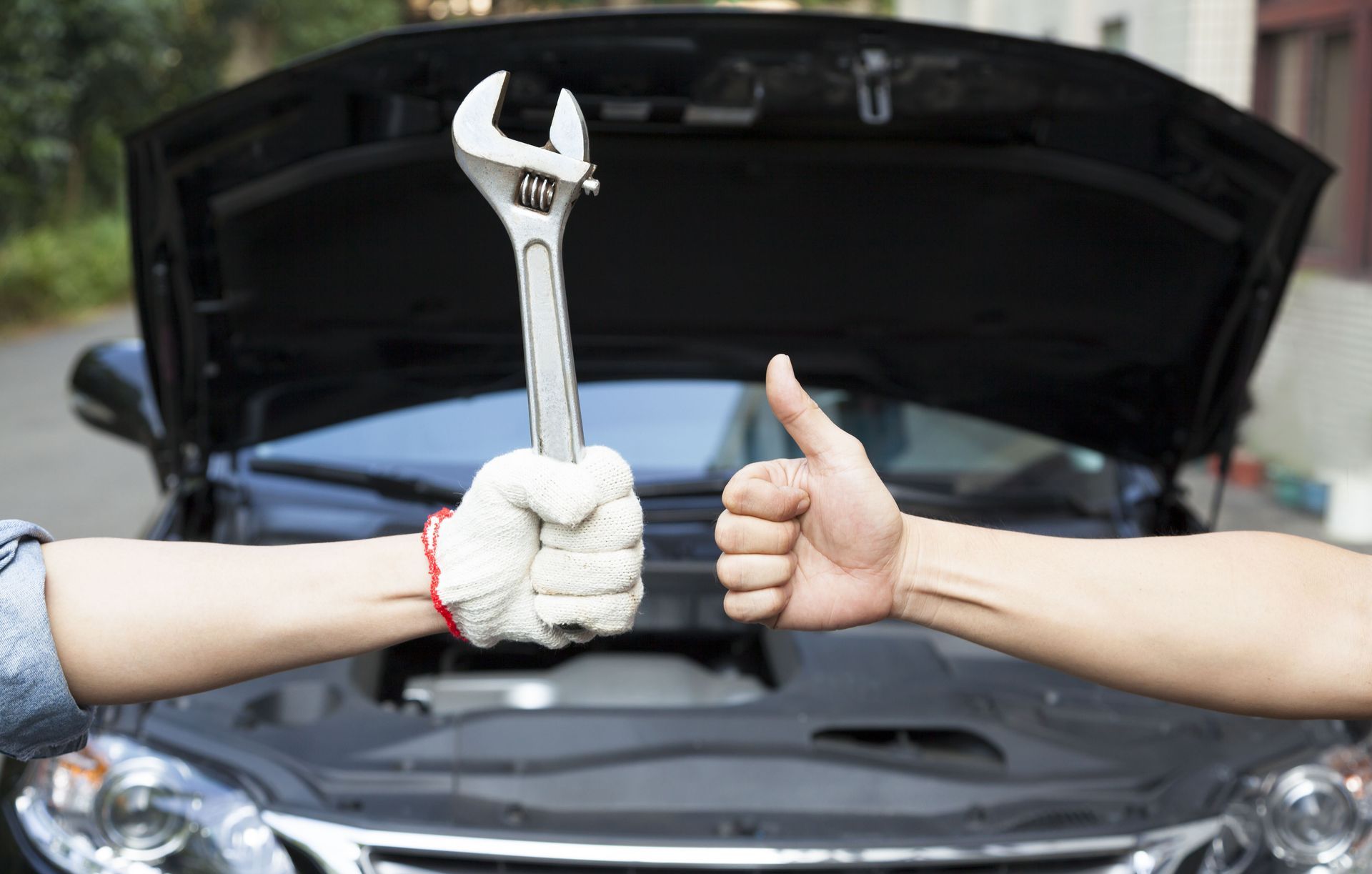

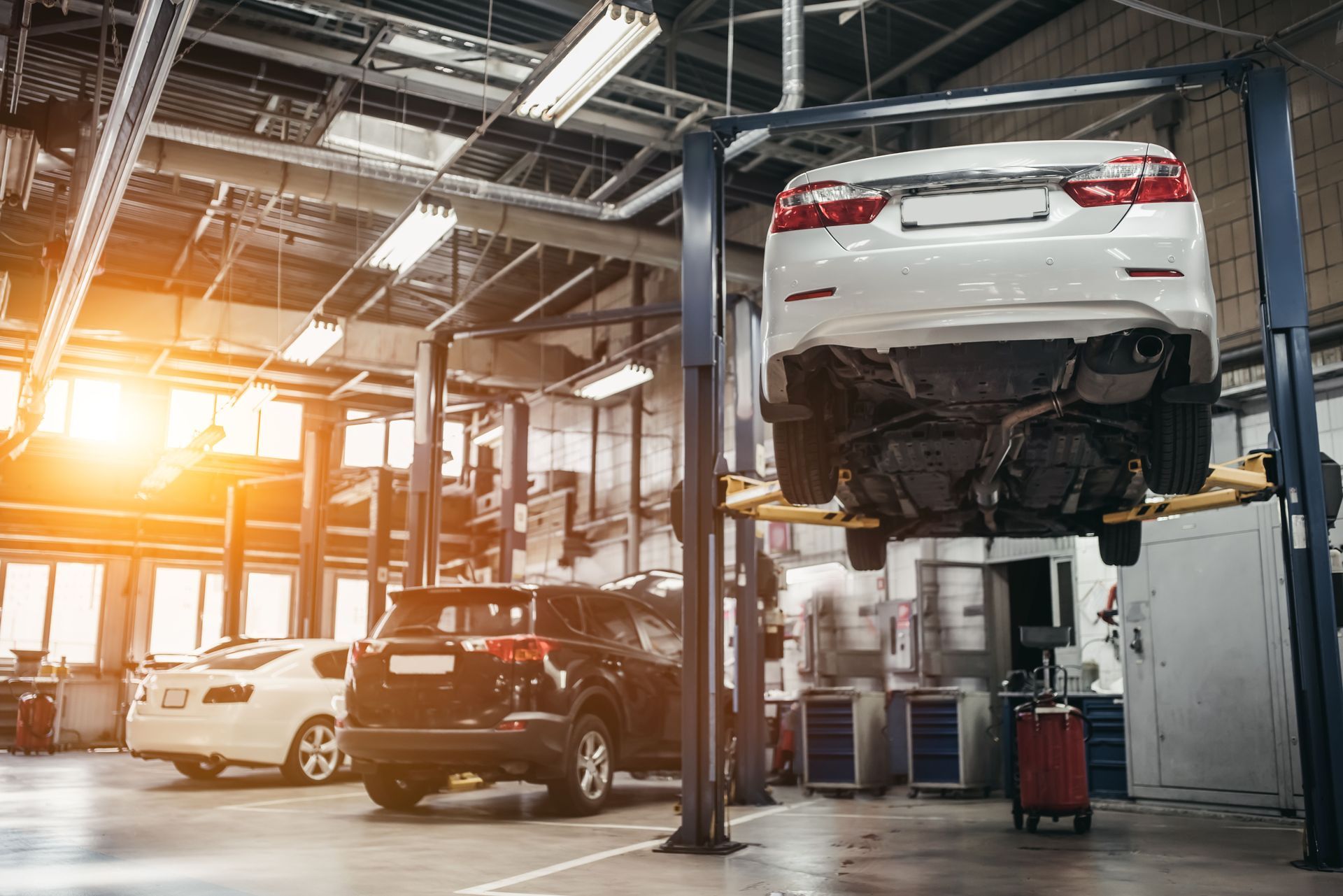
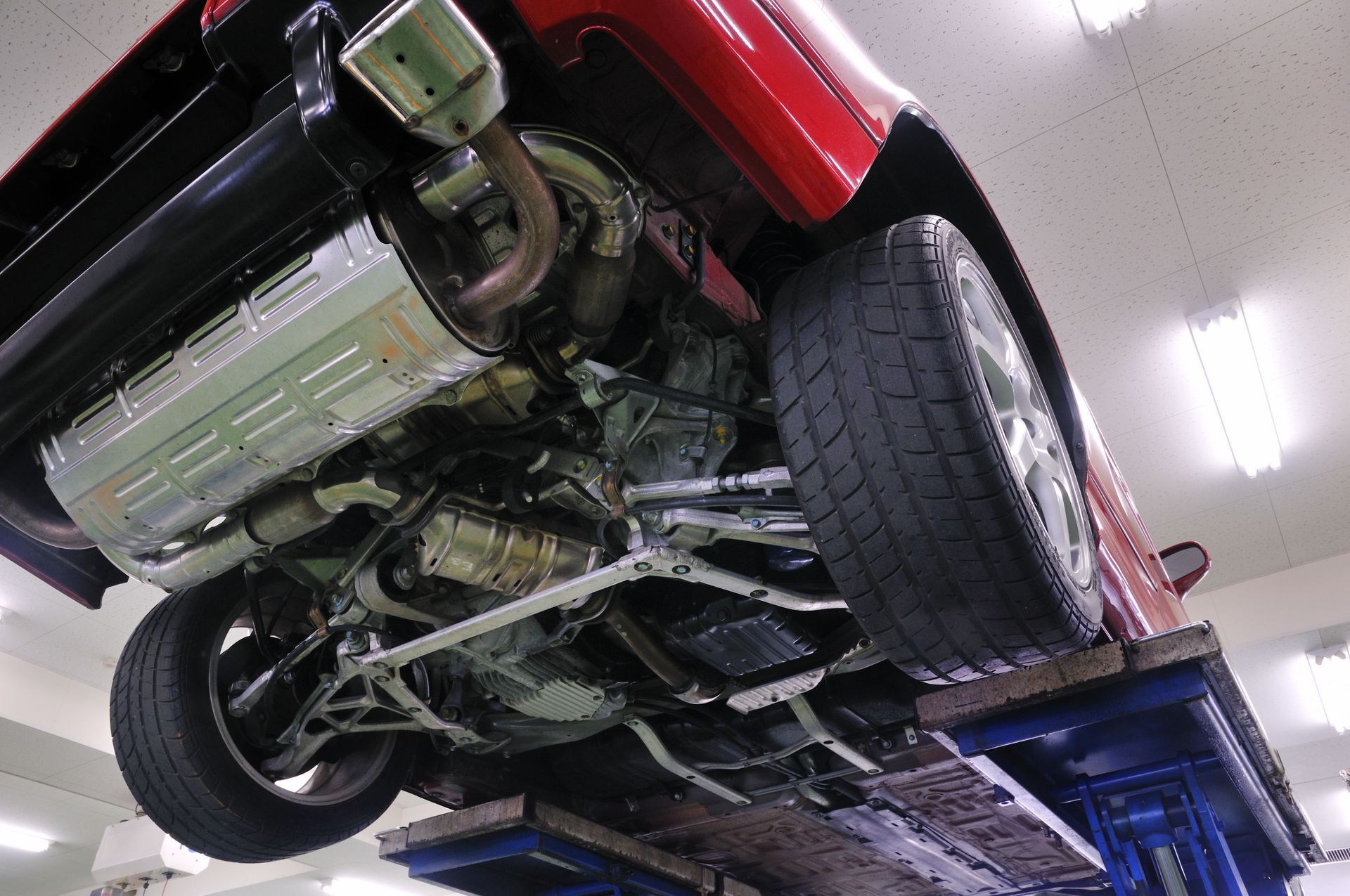
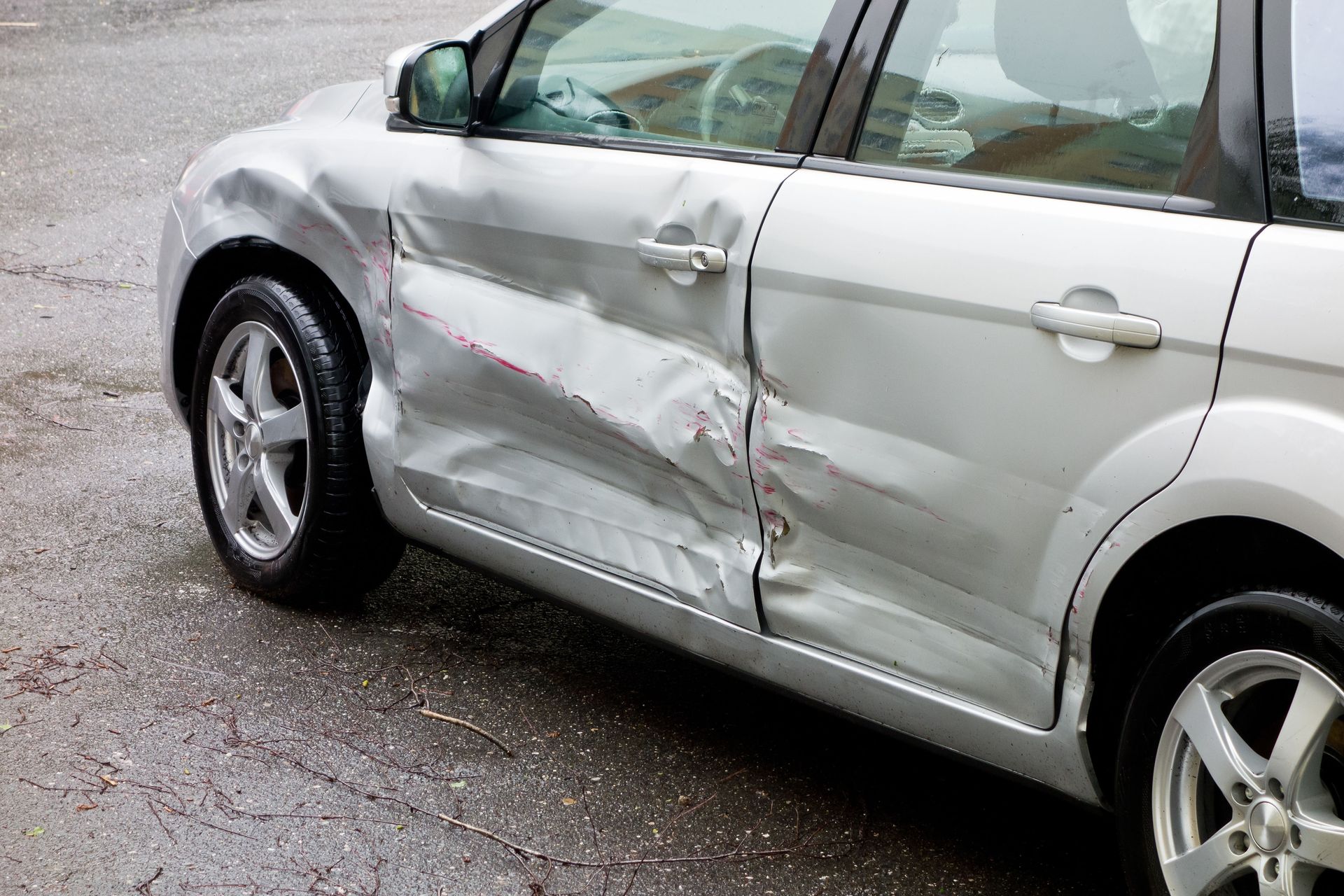

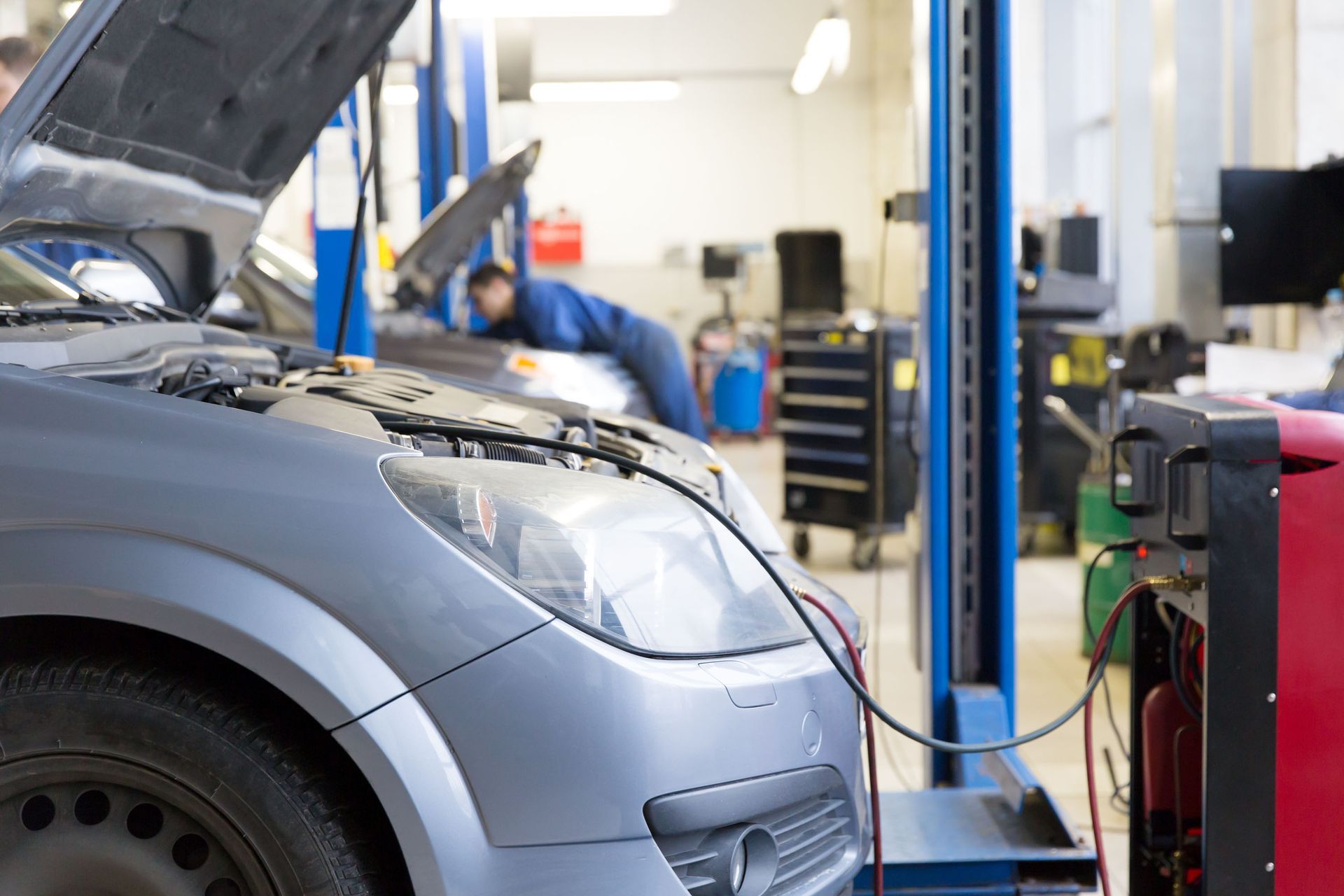
Share On: